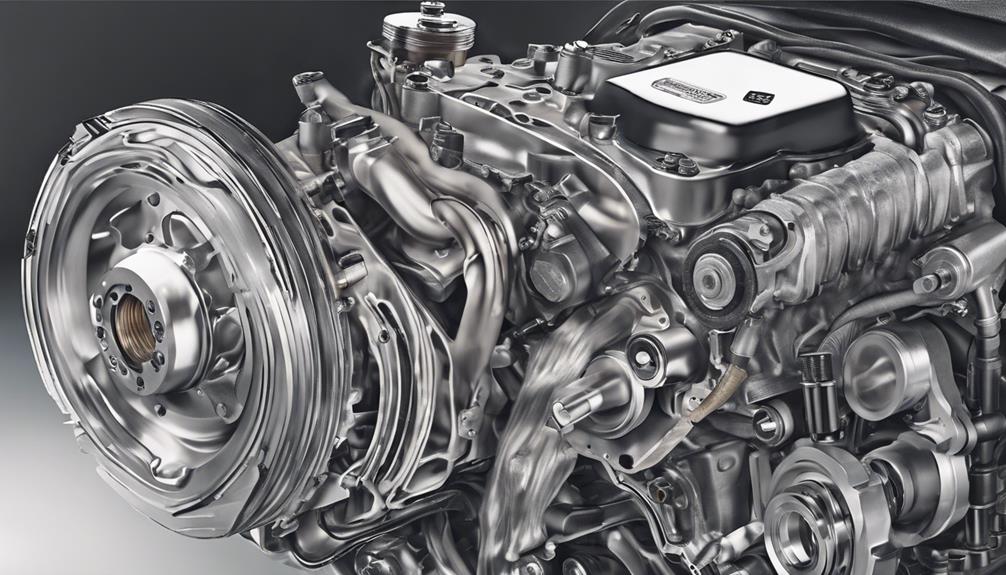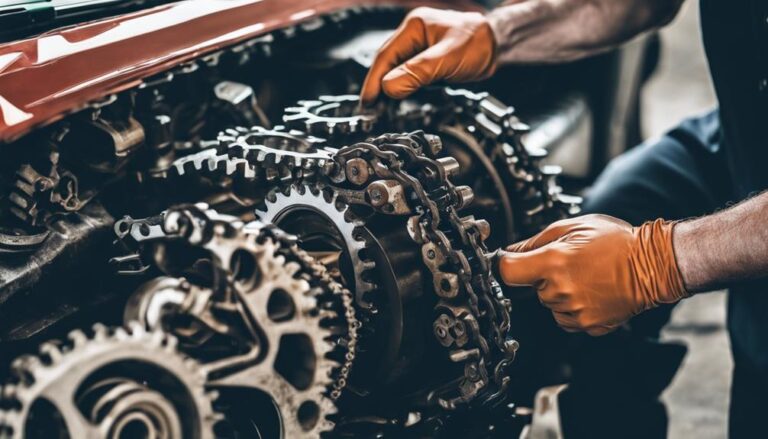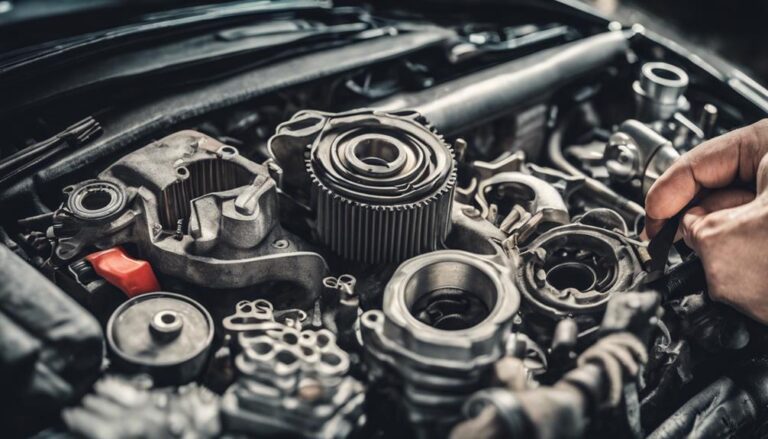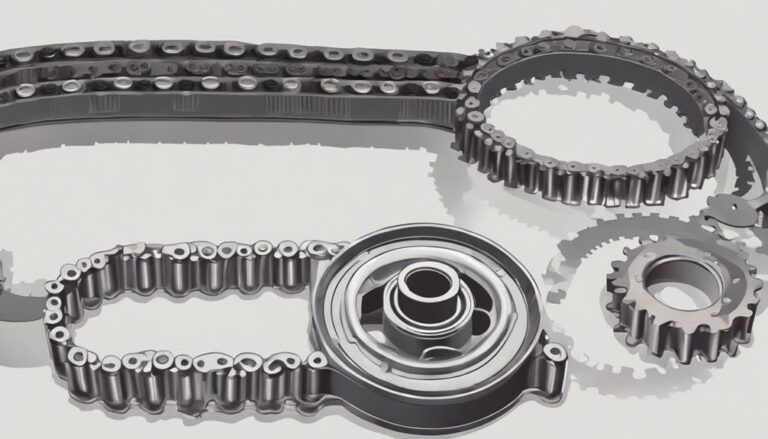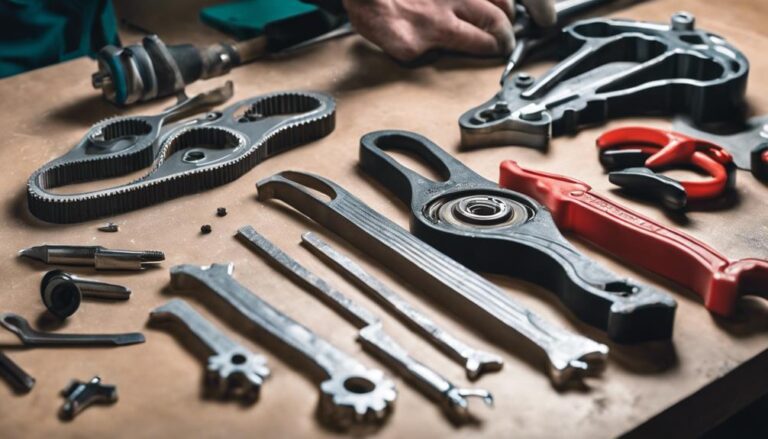Benefits of Genuine Timing Belt Parts
When it comes to your vehicle's heart, the timing belt plays a crucial role in keeping everything in sync. Imagine it as the conductor of a symphony, orchestrating the harmonious movements of your engine components.
But why settle for anything less than the genuine parts designed to keep this symphony playing smoothly? The benefits go beyond just reliability – there's a whole world of advantages waiting for you.
So, why not explore the realm of genuine timing belt parts and discover the difference they can make for your vehicle's performance and longevity?
Key Takeaways
- Genuine timing belt parts ensure optimal engine performance and longevity.
- Precise engine tuning minimizes the risk of costly repairs.
- Warranty coverage offers peace of mind for the part's lifespan.
- Compatibility with other components enhances efficiency and durability.
Enhanced Performance and Reliability
To achieve enhanced performance and reliability, opt for genuine timing belt parts engineered for precision and durability. Genuine parts not only ensure increased efficiency but also provide improved durability compared to aftermarket alternatives.
The precise engine tuning achieved through genuine timing belt parts leads to optimal performance, allowing your vehicle to operate at its best. The materials used in these parts offer high heat and moisture resistance, making them resilient even under tough usage conditions.
By choosing genuine parts from authorized service centers, you not only enhance the performance of your vehicle but also guarantee its reliability over time. The cost advantages and labor savings associated with using genuine parts, especially when replaced with matching tensioners, further contribute to the overall value that these parts provide.
Prolonged Engine Lifespan
With genuine timing belt parts, you can significantly extend the engine's lifespan by maintaining proper timing and preventing premature wear. Increased efficiency and improved durability are key benefits that come with using genuine parts.
These components are meticulously crafted to adhere to stringent manufacturer standards, ensuring optimal performance and longevity for your engine. By investing in genuine timing belt parts, you reduce the risk of belt failure, which could lead to costly repairs and downtime.
The high-quality materials and construction of these parts enhance the overall reliability and durability of your engine, providing you with peace of mind. When you prioritize the use of genuine timing belt parts, you safeguard your engine against potential issues that may arise from subpar components.
Trusting in authentic parts not only prolongs your engine's lifespan but also allows it to operate efficiently and reliably over an extended period.
Optimal Fit and Compatibility
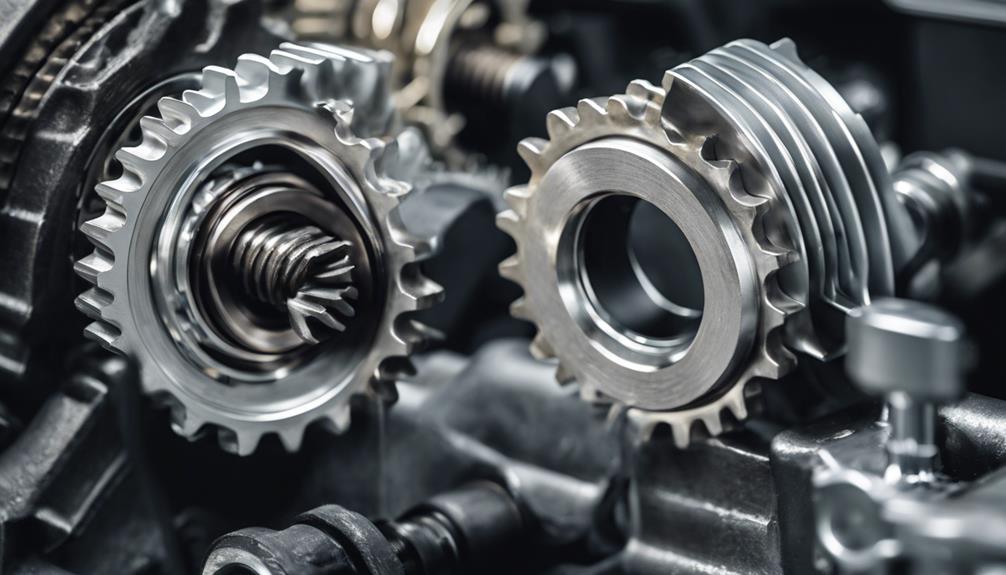
Ensuring optimal fit and compatibility, genuine timing belt parts are meticulously designed and engineered to seamlessly integrate with the engine components of your vehicle model. When you opt for genuine timing belt parts, you can expect the following:
- Improved Efficiency: Genuine timing belt parts maintain the precise engine tuning required for efficient performance, ensuring that your vehicle operates at its best.
- Enhanced Engine Durability: The compatibility of genuine parts with other engine components reduces the risk of malfunctions or failures, thus contributing to the longevity of your engine.
- Peace of Mind: Using genuine timing belt parts provides reassurance that the components are specifically designed to work harmoniously together, giving you confidence in your vehicle's performance.
- Optimal Performance: With guaranteed compatibility and fit, genuine timing belt parts help optimize the overall performance of your engine, ensuring smooth operation and reliability.
Warranty and Quality Assurance
When considering genuine timing belt parts, the warranty and quality assurance provided ensure reliability and performance for your vehicle. Warranty coverage offers peace of mind, backed by the manufacturer for the life of the part. This assurance extends to quality, guaranteeing that the part meets strict standards and specifications, ensuring optimal performance and longevity.
By choosing OEM parts, you secure compatibility and reliability, as these components are designed to work seamlessly with your vehicle. Quality assurance checks ensure that each part functions as intended, maintaining the high standards set by the manufacturer.
With genuine timing belt parts, you can trust that your vehicle will continue to operate at its best, free from concerns about part quality or performance. Make the smart choice for your vehicle and enjoy the benefits of warranty coverage and reliability assurance that come with using genuine timing belt parts.
Cost-Effectiveness in the Long Run
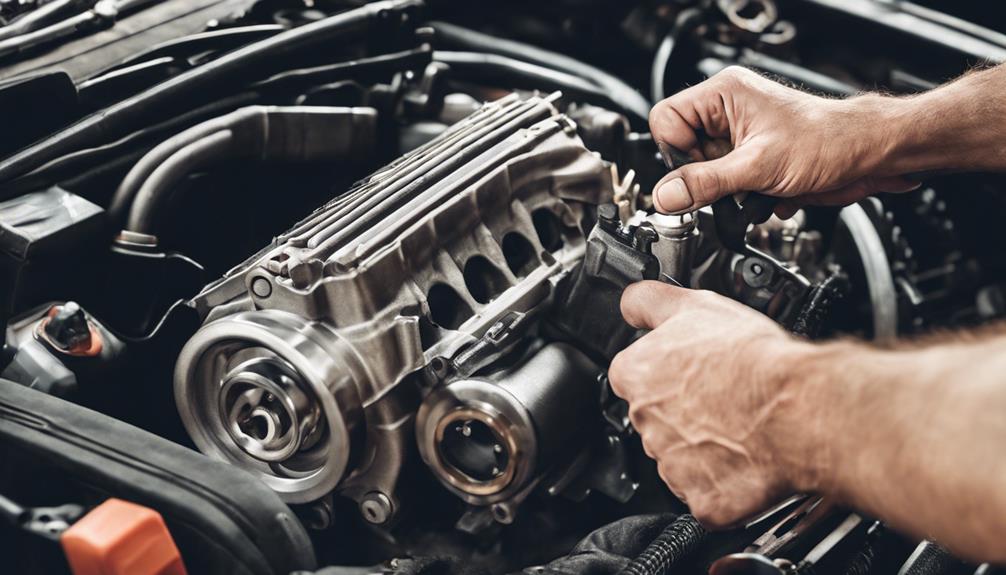
Considering genuine timing belt parts may initially involve a higher upfront cost, but their long-term cost-effectiveness stems from their proven durability and reliability. When looking at the bigger picture, opting for genuine parts can lead to substantial savings over time. Here's why:
- Longevity: Genuine timing belt parts have a longer service life compared to aftermarket alternatives, reducing the frequency of replacements and maintenance tasks.
- Savings: Investing in genuine parts ensures precise engine tuning, minimizing the risk of expensive repairs or replacements in the future.
- Reliability: The high heat and moisture resistance of genuine timing belt parts help maintain optimal engine performance, preventing potential breakdowns that could incur significant costs.
- Value: Genuine parts provide better value over time, as they offer superior quality and performance, ultimately resulting in lower maintenance costs and fewer issues down the line.
Frequently Asked Questions
What Are the Benefits of a New Timing Belt?
Installing a new timing belt offers increased longevity and improved engine efficiency. It ensures precise engine tuning, resisting stretching while operating quietly and smoothly. Enjoy cost advantages and labor savings by using genuine parts.
What Is the Best Material for a Timing Belt?
For the best material in a timing belt, opt for high-strength synthetic and glass fibers with a wear-resistant coating. This choice ensures longevity and boosts performance and durability, vital for optimal engine function.
What Is the Most Reliable Timing Belt?
For high durability and consistent performance, the most reliable timing belt is the genuine OEM one from Volkswagen or ŠKODA. These belts are crafted with precision, ensuring optimal engine operation and longevity.
Does Changing Your Timing Belt Improve Performance?
Changing your timing belt can significantly boost performance. It leads to increased horsepower, improved acceleration, enhanced engine efficiency, and better fuel economy. Upgrading to genuine parts ensures optimal operation, making your vehicle run smoother and more efficiently.
Conclusion
In conclusion, opting for genuine timing belt parts from authorized service centers is crucial for enhancing your vehicle's performance and reliability.
Did you know that using genuine parts can increase your engine's lifespan by up to 50%?
With optimal fit, compatibility, warranty, and cost-effectiveness in the long run, investing in genuine timing belt parts is a smart decision for maintaining your vehicle's optimal functionality.

